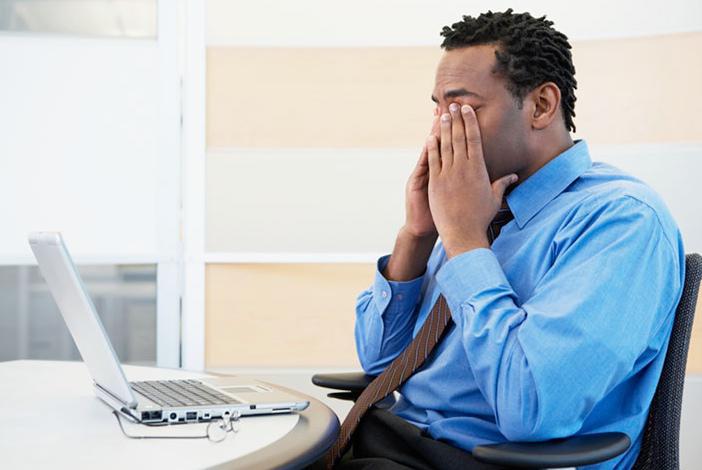If you’re working on your thesis or dissertation, perhaps in addition to sitting in front of a computer screen all day for work, you’re probably familiar with the myriad aches and pains you might develop. A lack of general body movement, repetitive strain on fingers, wrists, and hands, and hours upon hours of maintaining one position can cause our bodies significant strain. Don’t fret, though – there are things you can do to keep your muscles limber and flexible and reduce the severity of the body aches.
Back and Neck Pain
Working at a desk all day is a common cause of back and neck pain, usually because of poor posture or because we position ourselves to accommodate the work set-up, instead of the other way around. Our monitors may be too far away, too bright, too dim, too low, too high – you get the idea. All of this has an impact on our posture and the way we hold ourselves when we work – which can then strain our back and neck.
To help reduce neck and back pain, redesign your workspace to your needs. Can you see your monitor without straining? Your eyes should be level with the top of the screen. If you need to use a bigger font, use it! Don’t strain your eyes or squint. Adjust the brightness of the screen according to your preference.
Are your mouse and keyboard level with your arms/hands, or do you have to reach up for them? Make sure your forearms are parallel to the floor and when you type. They should not be angled in any way.
General movement
Set a timer for every 30 to 45 minutes. Every time it goes off, take a walk around the house, stand up and take a phone call, stretch your legs and arms – do something physical.
If you take frequent phone calls and don’t have to be sitting in front of a monitor, consider standing while speaking or walking back and forth.
Think about creating a standing workstation. It can be as simple as stacking books on a table to create temporary stand for your laptop and standing up! (If you think this will be a permanent change, though, consider investing in a standing desk).
Wrist and Hand Strain
Wrist and hand pain or strain are common complaints of people who spend lots of time at their computers. Improper setups can cause repetitive injury or strain that can make typing painful. The pain can eventually even spread to the forearms or elbows and shoulders. Here are some tips for alleviating strain on your hands and wrists.
Adjust your chair height or keyboard level so your hands are below your elbows, ever so slightly. The backs of your wrists should be flat or only slightly bent backward. Don’t put your arms on your chair armrests while typing.
Take frequent breaks while typing – every 30 minutes, take 5 minutes off from typing.
Don’t use a gel pad with the keyboard – your hands should be above the keyboard in a way that is similar to playing the piano: “floating.”
Eye Strain
It’s important to keep your eyes healthy, so make sure you get a comprehensive eye exam every year.
Eye strain is usually caused by light that is too bright. If possible, avoid overhead fluorescent lights while working on the computer. If you wear glasses, consider lenses with an anti-reflective coating. This reduces glare.
Follow the 20/20/20 rule: every 20 minutes, look at something far away (at least 20 feet away) for at least 20 seconds. This helps to reduce “focusing fatigue.”
Some people find that glasses with lenses specially made for blue light (emitted by digital devices like smart phones and computer screens) can help reduce strain on the eyes. You can but them online, if you don’t need a prescription. If you wear glasses regularly for vision, ask your eye doctor about photochromic lenses, which may help with eye strain.
Here at Dissertation Editor, we can’t provide relief from aches and pains with spending time at your desk, but we can provide assistance with your academic or professional projects! We can’t do the work for you, but we can help cut down on hours of revision time and struggling with confusing comments from committee members or challenges with statistical work. Contact us today to see how we can help!
< Dissertation Editor Gets Recognition from the Better Business Bureau Virtual Tours for When You Need a Break >